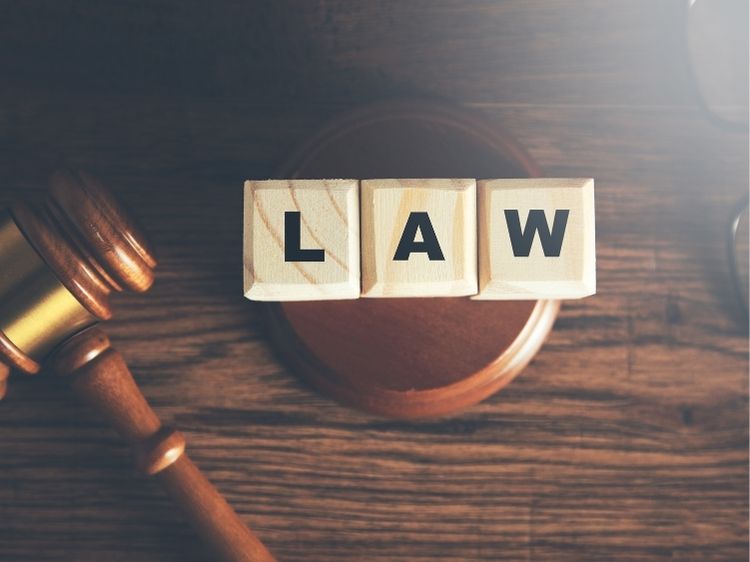The “One Wheel” electric unicycle, a revolutionary personal transportation device, has captured the imagination of commuters and thrill-seekers alike. However, its rise in popularity hasn’t been without controversy. A series of lawsuits surrounding the product has raised questions about its safety, marketing practices, and the future of this unique mode of transport. In this article, we’ll explore the ongoing legal issues tied to One Wheel, diving deep into product liability, consumer safety, and what this means for the industry moving forward.
The Rise and Legal Challenges of One Wheel
One Wheel, developed by Future Motion Inc., was introduced as a fun, innovative, and efficient way to get around. Combining cutting-edge technology with the simplicity of a single wheel, it quickly attracted attention from both tech enthusiasts and everyday riders. But, like any innovation, it hasn’t been without its bumps in the road—both figuratively and literally. Recent lawsuits have begun to cloud the once promising horizon for One Wheel, with plaintiffs raising serious concerns about safety.
From sudden stops leading to accidents, to questions surrounding the company’s marketing practices, the One Wheel lawsuit has brought a slew of legal challenges to the forefront. So, what exactly are these lawsuits about, and how do they impact current and future users of the product?
What is One Wheel?
Before diving into the specifics of the lawsuit, it’s essential to understand what One Wheel is. It’s a self-balancing electric unicycle, controlled by a rider’s body weight and positioning. Riders lean forward to accelerate and lean back to slow down or stop. The design, while innovative, relies on advanced technology that requires precision—and that’s where some of the issues arise. When it works, it’s a thrilling experience, but when it doesn’t, the consequences can be dire.
The Core Issues Behind the One Wheel Lawsuit
1. Product Liability Claims
One of the primary legal issues surrounding One Wheel is product liability. Plaintiffs in various lawsuits have argued that the device has a critical flaw: it can suddenly stop without warning. This phenomenon, often referred to as “nosediving,” happens when the motor fails to keep up with the rider’s speed or when the battery is too low. As a result, the front of the board hits the ground, sending the rider flying forward. Injuries from these nosedives have ranged from minor cuts and bruises to severe head injuries and broken bones.
Product liability claims hinge on whether Future Motion Inc. can be held responsible for these malfunctions. The plaintiffs argue that the company failed to warn users about the potential dangers or adequately address the issue with software or design updates. The company, on the other hand, has claimed that these incidents occur when users do not follow recommended safety guidelines, such as maintaining appropriate speeds or checking the battery level before use.
2. Marketing Practices
Another point of contention in the One Wheel lawsuit revolves around the company’s marketing. Critics argue that Future Motion Inc. has marketed One Wheel as a safe and reliable mode of transport without adequately disclosing the risks associated with its use. They claim the company downplayed the potential dangers in their advertisements and instructional materials, leading consumers to believe the product was safer than it actually is.
This type of lawsuit—referred to as a “failure to warn” case—centers on whether Future Motion misrepresented the risks of using One Wheel or failed to provide proper instructions to minimize the chances of injury.
Safety Concerns and Consumer Rights
1. Consumer Responsibility or Design Flaw?
One of the core arguments in the One Wheel lawsuit is whether accidents are caused by user error or inherent flaws in the design. The company has consistently maintained that responsible use of the device, including wearing protective gear and following recommended speed limits, will prevent most accidents. However, many riders have reported nosedives even when they were adhering to the company’s guidelines.
So, where does the responsibility lie? This question is at the heart of the lawsuit. If the courts find that the product’s design is inherently dangerous, it could lead to significant financial penalties for Future Motion Inc. and possibly a recall of the product.
2. Consumer Safety and Recalls
Another potential outcome of the One Wheel lawsuit is a broader conversation about consumer safety standards for emerging electric transportation devices. With e-scooters, hoverboards, and now electric unicycles becoming more common, regulators may decide to impose stricter safety standards on these products to prevent accidents. If the courts rule in favor of the plaintiffs, Future Motion Inc. might be forced to issue recalls or retrofit existing devices with new safety features.
The Legal Precedent: How Will the One Wheel Lawsuit Shape the Industry?
The outcome of the One Wheel lawsuit could set a significant precedent for the electric transportation industry. If Future Motion is found liable, other companies in the space—whether producing e-scooters, hoverboards, or other personal electric vehicles—might face increased scrutiny. Companies may be required to take greater care in testing their products, providing safety information, and issuing recalls when necessary.
This lawsuit is not just about compensation for injured riders; it’s about shaping the future of consumer protection in this rapidly growing sector.
The Impact on Riders: What You Need to Know
If you own a One Wheel or are considering buying one, the lawsuit might have you thinking twice. While it’s essential to stay informed about the risks, it’s also crucial to understand how to protect yourself if you decide to ride one. Here are some tips for staying safe:
- Wear Protective Gear: Always wear a helmet, knee pads, and elbow pads.
- Monitor Battery Levels: Many nosedives occur when the battery is low, so keep an eye on your battery percentage.
- Follow Speed Limits: Stick to the recommended speed limits, especially if you’re new to riding.
- Stay Informed: Keep up with any software updates or safety recalls issued by Future Motion Inc.
FAQs About the One Wheel Lawsuit
- What is the One Wheel lawsuit about?
The lawsuit primarily revolves around product liability claims and marketing practices. Plaintiffs argue that One Wheel is prone to sudden malfunctions, causing accidents, and that the company failed to warn users about these risks adequately. - What is a nosedive?
A nosedive occurs when the One Wheel suddenly stops, often due to the motor failing to keep up with the rider’s speed or a low battery. This causes the front of the board to hit the ground, potentially throwing the rider forward. - Is Future Motion Inc. responsible for the accidents?
This is the central question in the lawsuit. Plaintiffs claim that the company’s design is flawed, while Future Motion argues that accidents result from user error and failure to follow safety guidelines. - Will there be a recall of One Wheel products?
There is no recall at this time, but if the courts find that One Wheel has a significant design flaw, a recall or retrofit of the product could be one of the outcomes. - How can I stay safe while riding a One Wheel?
Always wear protective gear, monitor your battery levels, follow speed limits, and stay informed about any safety updates from the company.
Conclusion: The Future of One Wheel and Electric Transportation
The One Wheel lawsuit has opened a broader discussion about the safety of electric personal transportation devices. As the case unfolds, it’s likely to impact not only Future Motion Inc. but also the entire industry. For consumers, it’s a reminder of the importance of understanding the risks involved with new technology and taking the necessary precautions.
In the end, while One Wheel offers an exciting and innovative way to travel, the legal battles surrounding it serve as a crucial reminder that safety must always come first.
Authoritative Links
- Consumer Product Safety Commission: www.cpsc.gov
- National Highway Traffic Safety Administration: www.nhtsa.gov
- American Bar Association on Product Liability: www.americanbar.org


